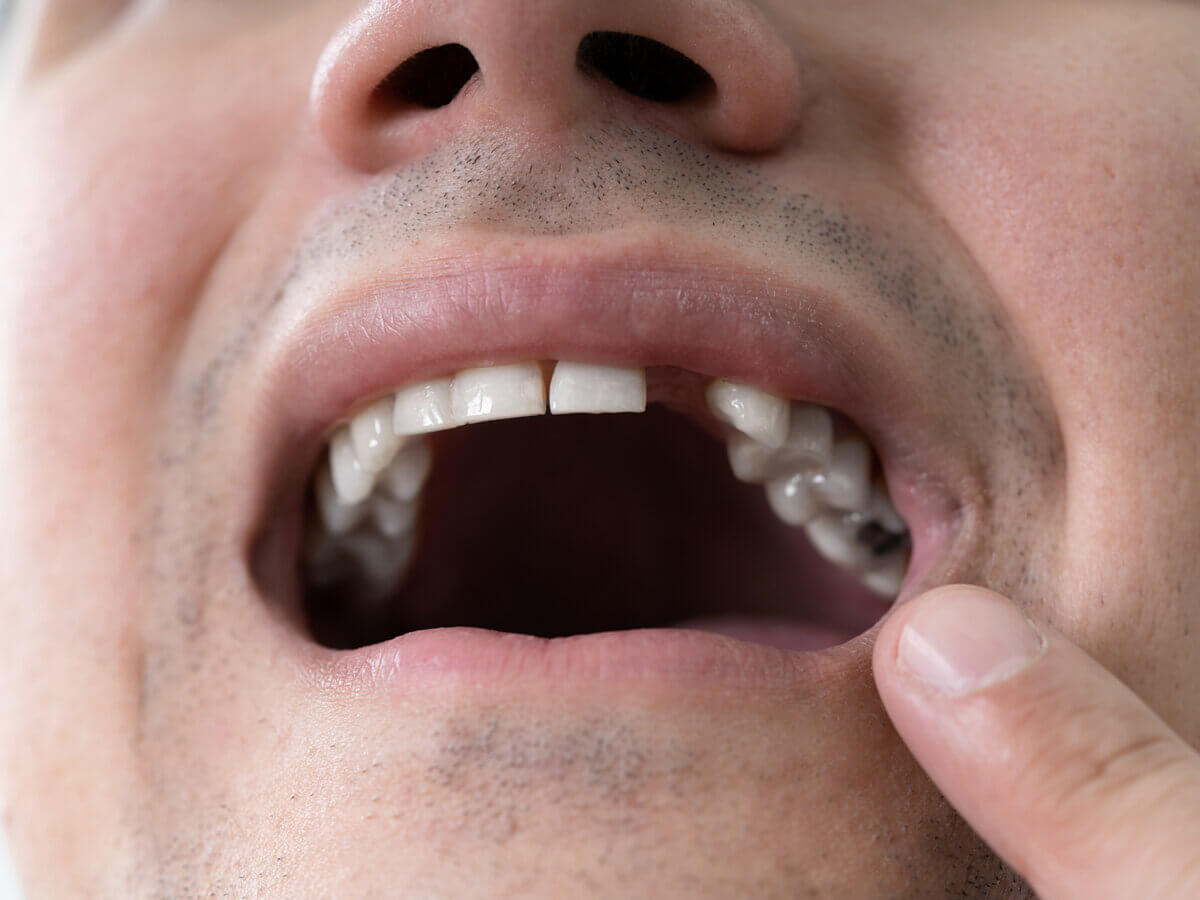Blog
Dental hygiene tips for healthy teeth & gums

Is Dental Bridge A Good Option For A Missing Tooth?
Losing a tooth, whether due to decay, injury, or other reasons, can impact both your oral health and self-confidence. Modern dentistry offers several solutions to replace missing teeth and restore your smile, with the dental bridge being one of those solutions.
In this article, we’ll explore the pros, cons, and considerations surrounding dental bridges to help you determine if they’re the right choice for you.
Understanding Dental Bridges
A dental bridge is a fixed restoration device designed to replace one or more missing teeth. It consists of two main components: the artificial teeth (pontics) that fill the gap left by the missing tooth, and dental crowns (abutments) placed on the adjacent natural teeth or dental implants to secure the bridge.
Bridges can be crafted from various materials, including porcelain, metal alloys, or a combination of both. The artificial teeth in a dental bridge are meticulously designed to match the color, shape, and size of your natural teeth, ensuring a seamless integration with your smile.
Types of Dental Bridges
There are several types of dental bridges, each tailored to specific needs:
- Traditional Dental Bridge: This common type involves placing dental crowns on the teeth adjacent to the gap and attaching the artificial tooth in between. Traditional bridges are ideal when the adjacent teeth are healthy and robust.
- Cantilever Dental Bridge: Suitable when there’s only one adjacent tooth near the gap. The artificial tooth is anchored to this healthy adjacent tooth, ensuring stability.
- Maryland Dental Bridge: Also known as a resin-bonded bridge, this type bonds the artificial teeth to the back of adjacent teeth using a metal or porcelain framework. Maryland bridges are often chosen when the adjacent teeth are minimally altered and healthy.
Pros and Cons of Dental Bridges
Advantages:
- Improved Aesthetics: Dental bridges seamlessly fill gaps, enhancing your smile and boosting self-confidence.
- Improved Chewing and Speaking: Bridges restore proper chewing function and clear speech, which can be compromised by a missing tooth.
- Prevents Teeth Shifting: A gap can prompt neighboring teeth to shift, causing misalignment. Bridges help maintain the natural alignment of teeth.
- Quick Procedure: Compared to other restoration options, getting a dental bridge is relatively swift.
Considerations and Drawbacks:
- Adjacent Tooth Preparation: For a traditional bridge, adjacent teeth must be prepared and crowned, potentially involving the removal of some natural tooth structure.
- Maintenance: To prevent decay and gum disease beneath the bridge, proper oral hygiene is essential. Special floss or brushes may be required.
- Potential Wear: Over time, the bridge might wear out and need replacement.
- Not Ideal for Certain Cases: In some scenarios, such as when multiple teeth are missing or surrounding teeth are weak, a dental implant-supported restoration might be more appropriate.
Final Thoughts
Dental bridges are a valuable solution for replacing missing teeth, enhancing both function and aesthetics. They offer numerous benefits, from boosting self-confidence to improving chewing ability and preventing teeth from shifting.
However, it’s crucial to weigh the benefits against the considerations, such as the need for surrounding tooth preparation and the importance of maintenance.
Your decision should be made in consultation with your dentist, who can evaluate your oral health, discuss your preferences, and suggest the most appropriate solution for your specific situation.
Whether you opt for a bridge, implant, or another alternative, restoring your missing tooth will significantly benefit your oral health and overall well-being. With the right care, bridges can last for years, restoring the brilliance of your smile.
